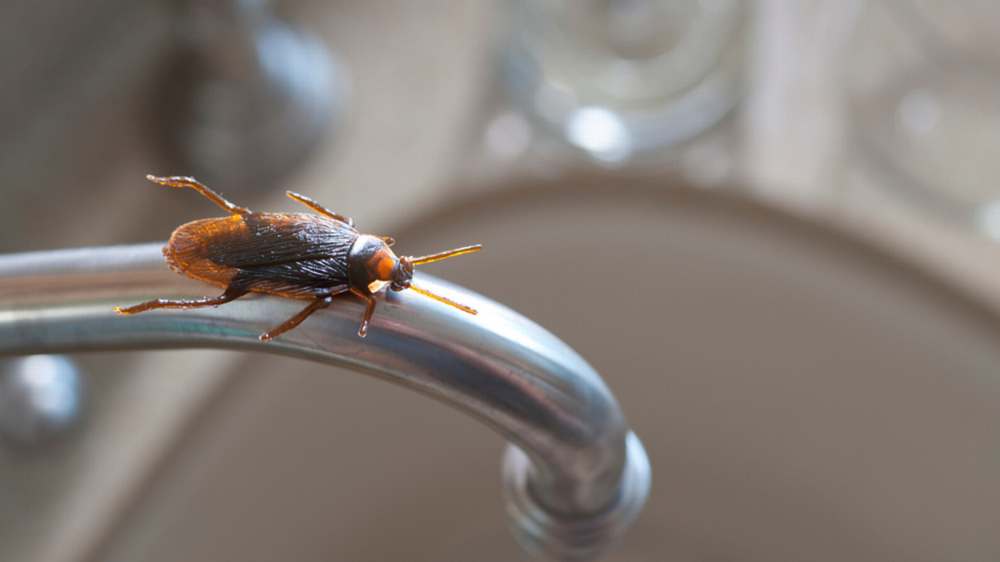
Section Branding
Header Content
Why do cockroaches come inside? Here’s how to keep them out of your Georgia home
Primary Content

Cockroaches are common in the Georgia heat and with a scorching summer ahead, these creepy crawlers are coming out to play.
According to AZ Animals, of the largest cities in the U.S., Atlanta, Ga., came in second for the most roach infestations.
Sure, they live outside, but every now and then, you may see one indoors at work or even in your own home.
How to identify them
While there are several different kinds of cockroaches, there are five most common to Georgia:
American cockroach
- Color: Light brown color with light yellow bands around the shield.
- Length: 2 inches
- Where: They can be found in kitchens, bathrooms, pipes, sewers and basements.
German cockroach
- Color: Tan with dark brown parallel stripes
- Length: Smaller, around 1/2″ to 5/8″
- Where: They can be found in kitchens around appliances and food.
Oriental cockroach
- Color: Glossy with cherry to black coloring
- Length: Large, measuring 1 to 1.25 inches in length
- Where: Usually found outdoors and active at night
Asian cockroach
- Color: Tan with double parallel strips on their backs and are often mistaken for German cockroaches
- Length: Smaller, usually measuring 1/2″ to 5/8″
- Where: They can be found in mulch, leaf litter or high grass.
Smokeybrown cockroach
- Color: dark cherry or red in color
- Length: Large, around 1.5 inches
- Where: They can often be found in tree holes, attics, crawlspaces and sheds.
Why they come inside
Although many think roaches are a sign of an untidy house, roaches enter homes to find four things: food, shelter, water and heat.
Makes sense, right?
According to the website of Northwest Exterminating: “While dirty or cluttered houses can provide an ample supply of food and shelter, clean houses can provide many of these necessities for roaches, as well. Appliances offer a source of heat so roaches are often found under or behind them. Leaky faucets or pipes can provide a water supply no matter how clean your home is.”
Of course, dishes piled up in the sink, an overfilled garbage can or a leaky bathtub faucet can be appealing to the little crawlers, so it is best to keep kitchens and bathrooms clean.
How to protect your home
Here are some tips from the National Pest Management Association, to help keep cockroaches away from your home:
- Seal cracks in walls and gaps near electric sockets
- Keep counters, sinks, tables and floors free of clutter and crumbs
- Don’t let dishes pile up
- Avoid leaving food out in the open and store it in airtight containers
- Vacuum at least once a week to remove food particles
- Ventilate crawl spaces to prevent moisture buildup
Cockroach infestations can pose a harmful risk, especially for those with asthma. According to the American College of Allergy, Asthma and Immunology, the feces, saliva and shedding body parts of cockroaches can be trigger sources for people with asthma.
Cockroaches have also been known to carry Salmonella typhimurium, Entamoeba histolytica, and the poliomyelitis virus, according to the CDC.
These are the signs you have an American cockroach infestation, according to the National Pest Management Association, and you should call pest control:
- Droppings in dim areas of your home
- Presence of egg capsules, which are about 8 millimeters long and dark-colored
- A musty smell around
Have more questions? Comment below or email me at cmadden@mcclatchy.com
This story comes to GPB through a reporting partnership with The Telegraph.

